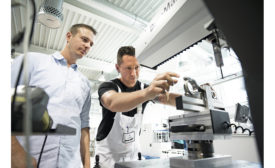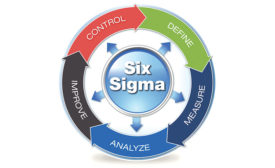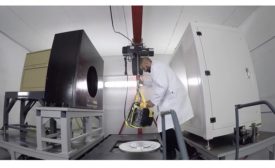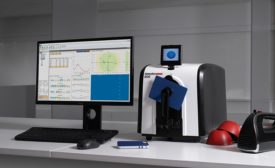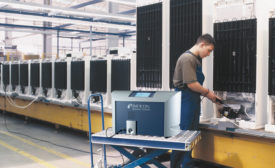Articles by Edward McMenamin
To fulfill potential, additively manufactured parts must stand up to fatigue testing.
Read More
CMMs Offer Multiple Applications for the Shop Floor
Once limited to the lab, CMMs are finding a home in harsh manufacturing environments.
February 1, 2018
Back to Basics: Six Sigma
A Six Sigma Master Black Belt provides an introduction to the methodology’s basic ideas and concepts.
January 1, 2018
The Next Generation of Manufacturing Professionals
Recruitment, diversity and outreach are key to filling the manufacturing jobs of the future.
December 7, 2017
A Fresh Look at Cost of Quality
Quality professionals must learn to speak the language of management.
November 6, 2017
QUALITY EXCLUSIVE
CT Scanning Steps Towards the Future
High-powered CT scanning allows for better inspection of 3D-printed parts.
October 23, 2017
The Lie of the Eyes
Spectrophotometers and colorimeters take the guesswork out of color measurement.
September 1, 2017
Connecting Through the Cloud
Data aggregation allows manufacturers to see previously invisible problems across the enterprise.
August 1, 2017
Close, But Not Quite Home
Rising wages in China and a weak peso again make Mexico an increasingly attractive destination for manufacturing.
June 1, 2017
Helium Leak Testing
New automotive safety and functionality requirements drive helium leak detection growth.
April 1, 2017
Get our new eMagazine delivered to your inbox every month.
Stay in the know with Quality’s comprehensive coverage of the manufacturing and metrology industries.
SIGN UP TODAY!Copyright ©2024. All Rights Reserved BNP Media.
Design, CMS, Hosting & Web Development :: ePublishing


